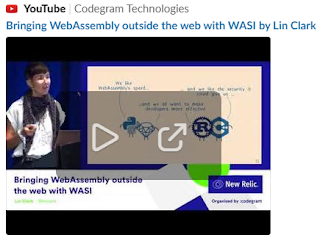------------------
You'll mostly have to look up the documentation of the .ignore files syntax if you want to master this tool and find the right tradeoff/middleground between being specific and being generic about what files you ignore in your project.
------------------
In general, you can either 1/ be specific or 2/ use wildcards or 3/ use negation patterns. For instance you could say ignore all "bin" directories, except a particular one:
```
/**/bin
!/Golum/MyPrecious/bin
```
Notice the exclamation mark at the begining of the second line: it's a negation. It means: DO NOT IGNORE.
=> Those two lines combined, will ignore all "bin" directories, wherever they are in the tree ( double asterix = means any subdirectory ) except that one particular one, named on the next line and prefixed with an exclamation mark.
------------------
But saying this I'm only scratching the surface of the power of the .ignore files, you need to look at the doc to know more. (eg. you can have a generic .ignore file at the root of the solution and, for specific cases, other .ignore file(s) in subdirector.y.ies somewhere too)
------------------
Last but not least, if you're confident with .ignore file, you can even invoke destructive commands such as "clean" and delete everything that is not under source control ( ie. that is ignored )... which is basically a prequel to REBUILD ALL.
```
# WARNING: cleans absolutely everything that is not under source control
git clean -nfdx # << To preview what would be deleted... -n = NoAction = --dry-run
git clean -fdx # << The actual cleanup.
```
----------------
"tfignore file - Google Search"
"https://www.google.com/search?q=tfignore+file"
For Fox
"Visual Studio 2015 TFS .tfignore file - Stack Overflow"
"https://stackoverflow.com/questions/36768954/visual-studio-2015-tfs-tfignore-file"
For Seb
Excluding Files From Team Foundation Version Control Using .tfignore Files - Applied Information Sciences
https://www.appliedis.com/excluding-files-from-team-foundation-version-control-using-tfignore-files/
For everybody
"GitHub - sirkirby/tfignore: A Collection of .tfignore Templates"
"https://github.com/sirkirby/tfignore"
"GitHub - github/gitignore: A collection of useful .gitignore templates"
"https://github.com/github/gitignore"









